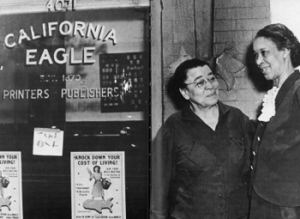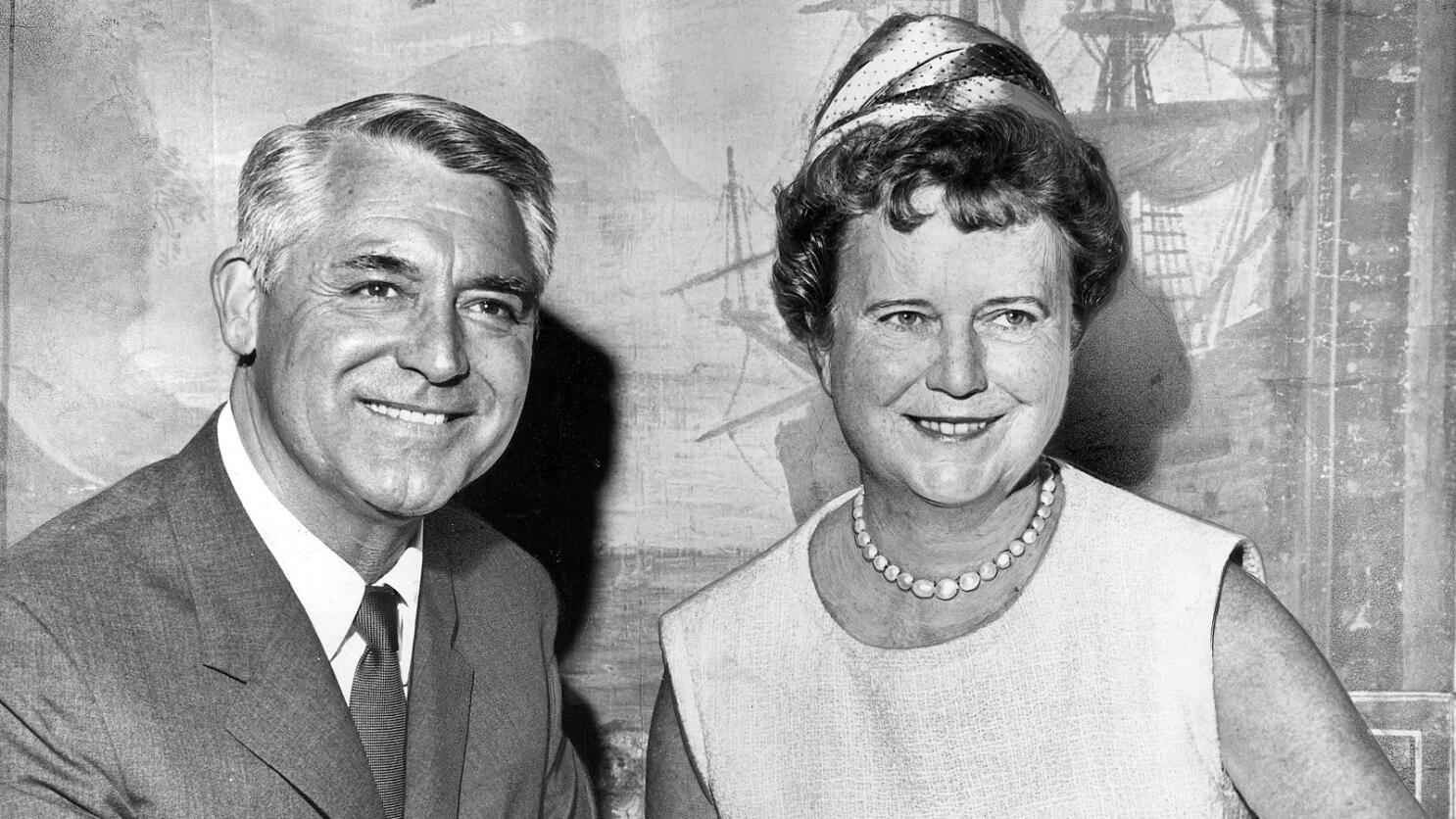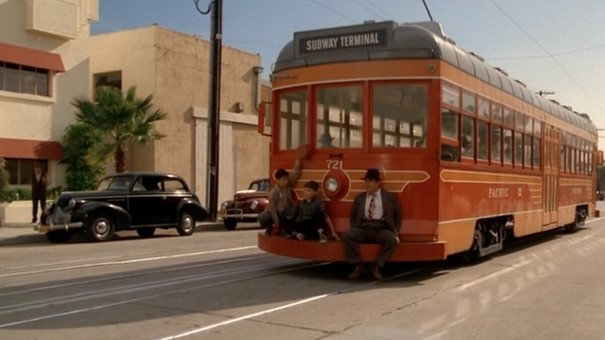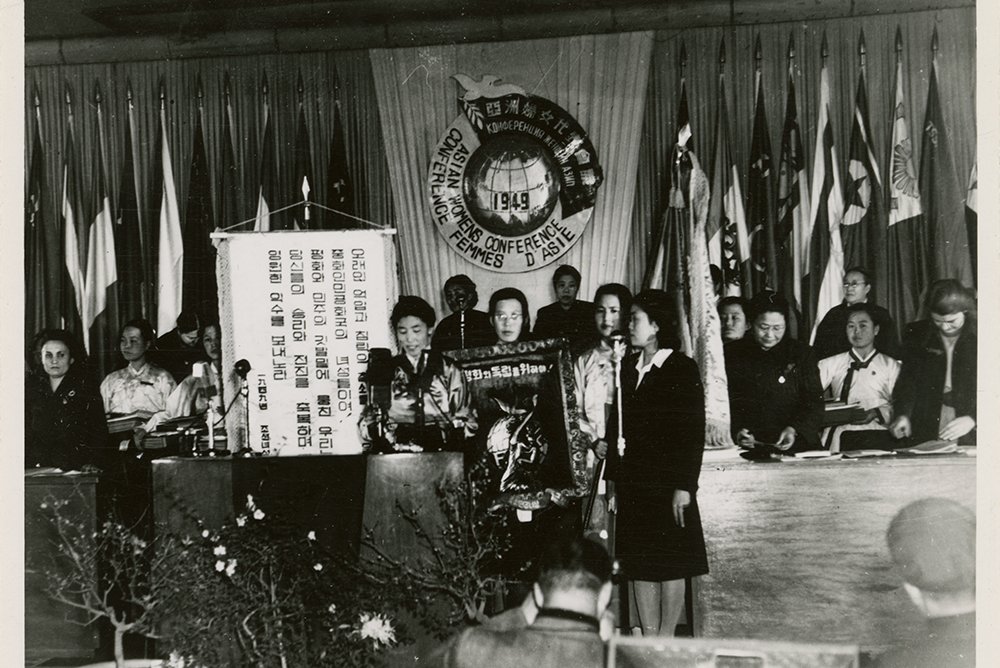
Reactionary reflexivity Part 2: How Police Beatings are Described as 'Heightened Chaos'
Dennid Broe concludes his analysis of reactionary reflexivity by focusing on TV news coverage
Nowhere is the hardening of the once playful strategy of reflexivity discussed in Part I more apparent than in corporate media news. Instead of alternating between illusion and reflexivity, it is instead utterly delusional, while sealing itself off in a reflexive bubble.
The New York Times, The Washington Post, CNN, CNBC, ABC, NBC, and CBS news have given up reporting and analyzing the news in any serious way, and simply transcribe U.S. State Department dispatches while chattering among themselves. The same goes for their ugly cousin Fox News, which rather than countering this blather instead by setting itself up as the opposition, while simply providing a louder and brasher echo illustrates the emptiness of media for profit. All of which suggests that there is no life or truth outside of the seamless truth of TV News.

Police beatings reworked as “Heightened chaos”
Two cases of reporting around the genocide in Gaza will illustrate this point. The first is the coverage of the increasingly violent attacks against students protesting the genocide on college campuses in the U.S. and across the world. Let’s focus on three elements of that coverage.
One, what was often violent repression either by the police or by armed thugs against unarmed peaceful protests was instead uniformly described not as beatings but as “clashes” that resulted in “chaos.” Reuters, in describing the violent removal of demonstrators, depicted a “jarring scene that underscored the heightened chaos that has erupted at universities.” While The New York Times recounted police “arresting dozens of people and clearing out tents” as producing “chaotic scenes,” that is, as disrupting public order.
One commentator labelled the protests themselves as “mass hysteria,” a neat reversal of a label more accurately used to describe a Zionist society bent on endless war with its neighbors and the systematic elimination and laying waste of an entire people.
The “chaos” featured students linking arms and contesting the intrusion of the police onto their campuses, that is, peaceful resistance which must have looked to privileged media stars as chaos.
The beating and mass arrests by police on these campuses was described as “clashes” between police and demonstrators. The New York Times described the police arresting scores of demonstrators at UCLA as taking place in the wake of “violent clashes a day earlier,” and NBC News echoed this description: “Police clear Pro-Palestinian encampments at UCLA after two nights of clashes.”
The description of brave police willing to make their way into a hostile territory in fact echoes that of the Israelis in Gaza who, despite blowing up universities and hospitals, are often depicted as well-meaning representatives bringing order to chaos, and “clashing” with unarmed Palestinians who they then murder at a rate of over 40,000, with the majority being women and children.
In a second instance of this rabid reflexivity, at UCLA the night before the police arrested the demonstrators, the reports described “counter-protestors,” implying a group of equally peaceful demonstrators. The New York Times initiated this appellation, subsequently adopted by CNN, Le Monde and even the student newspaper The UCLA Bruin.
My coverage of the event for The LA Progressive featured a different description of the “counter-protestors”: “…masked men yelling pro-Israeli slogans threw fireworks into the protest site, beat the protestors, and assaulted them with pepper spray and bear mace in what one observer described as “hours of unchecked violence.”
There was no real investigation of who these thugs were, but there have been suggestions that they were ex-members of the IDF, Israeli Defense Forces, resettled in LA. One of the techniques used to drive demonstrators out of the campus involved playing a loop of a crying child so no one could sleep, a procedure that is a military interrogation strategy and the aural equivalent of waterboarding,” a technique pioneered by the British in Palestine and then passed on to the Mossad.
Finally, all of the reports, sometimes ludicrously, unquestioningly adopted the police terminology which claimed the demonstrators were assaulted with “non-lethal weapons.” The Times noted a demonstrator was shot with “a less-lethal” round, while the LA Times reported officers seen firing “less-lethal” rounds during the clearing of the UCLA encampment.
CBS news claimed that “People inside the encampment wrote on social media that officers fired less-than-lethal projectiles at them.” While in actuality one demonstrator, shot with a “less-lethal” round, later left the hospital with “11 staples and 4 stitches.” It’s doubtful the person was impressed with the less-lethal character of the weapons and doubtful that anyone described the weapons on social media using the police terminology, “non-lethal.”
The most accurate description of what took place the night of the police raid was logged by the independent site Common Dreams under the headline “UCLA Students Injured in Violent Police Raid.” The story, countering general descriptions of clashes and chaos and refusing the police jargon, described how “Officers in military gear fired flash-bang munitions and used batons to clear a nonviolent encampment calling for an end to Israel's U.S.-backed war on Gaza.”
A second in a perpetual reflexive taxonomy of coverage of the Gaza Genocide occurred in the again unquestioned and constantly repeated analysis-free reporting of the so-called Biden peace plan, a ruse aimed not at actual peace in the Middle East but at quelling the uprising at home which threatens to sink Biden’s presidency, while at the same time allowing the slaughter in Rafah to continue.
The Associated Press reported that Biden’s “peace plan” was proposed by Israel and submitted to “Hamas Militants.” National defense spokesman John Kirby on ABC News, (29) unchecked again, claimed the Israeli proposal would “negotiate a permanent ceasefire,” the rallying phrase for protest groups in the U.S. and abroad. While NPR, U.S. Public Radio, in a “think piece” called the Israeli proposal a “decisive moment” for Hamas to prove it “really” wants a peace deal, asking its listeners, in the words of Joe Biden, to “Raise your voices and demand that Hamas come to the table.”
There are three problems with this reflexive coverage. First, many top Israeli officials are opposed to the proposal, which did not originate with Israel, and have publicly said so. Second, the proposal is not Biden’s at all. It is in fact mostly crimped from a Hamas peace proposal laid out weeks before. Third and most falsely, it presents Hamas as “unreasonable militants” and Israel as desiring peace and negotiation when exactly the opposite is true. Hamas has continually proposed peace settlements and Israel proposes nothing but extermination.
The media also, having set Hamas up as bloodthirsty terrorists who do not represent the Palestinian people, must, when they are mentioned, discredit them as a legitimate entity in a peace settlement so they are illegitimate “militants” while the Israelis are a rational state entity.
For this kind of slanted coverage, with little backgrounding or analysis, The New York Times won a Pulitzer Prize, which again validates the ghost whispering in the infernal machine as it rewards itself for its lack of effort.

Bezos’ Washington Post: Democracy dies in darkness, or when it's bought by the world's second richest man
The result of this hardened reflexivity has been a vast decline in circulation for newspapers and ratings for television, with Jeff Bezos’ Washington Post just barely treading water and CNN now averaging 481,000 viewers, its lowest number in 33 years. The median age for its audience in 2023 increased from 60 to 67, while the median age for Fox News is 68 and MSNBC is 71. Almost 70 percent of Americans by late in 2023 had little or no trust in mass media, the highest on record.
“Half the news that’s easy to print”: Reflexivity and Commodity Production
Reflexivity in the newsroom is aided by the fact that news anchors’ standard earnings begin at $200,000, so that the producers of news identify with, as Marx says, “wealthier capitalists at one pole” and not with the receptors of news, “ever more impoverished and increasingly disenchanted and disenfranchised” “workers at the other.”

NBC News reporter casually ‘hanging out’ at site of police crushing of student protests at UCLA
Their kinship is not with the people in the street but rather in their off-camera lifestyle with “the government officials, corporate heads and celebrities” whom they cover and mix with, their “common symbiotic relationship to established power”, as Stam puts it. This is why in a country where 40 percent of its citizens live paycheck-to-paycheck, media reporters and anchors express amazement at the inability of Americans to realize how good the economy actually is.
There is also in the current supercompetitive market driven economy an identification fostered within the newsroom hierarchy with the more-lowly reporter, as was the case with an NBC reporter in the aftermath of the arrests at UCLA, dressed casually but serious, not about reporting the news but about getting ahead and eventually moving to the anchor spot.
He is young and vibrant and wears his reporting loosely, dressed in black slacks and flak jacket, as opposed to the more uptight older anchors in dress and suit-coat who he or she will one day supplant. The newsroom here reaffirms that backstabbing and social climbing is inevitable despite the fact that, in a time of declining budgets, newsroom reporters in the field are more likely to be fired than promoted.
In producing the news, reflexivity, or simple ping-ponging of one news outlet to another, all with fairly uniform content, aids, again in a time of budget cuts, with the industrial output and the daily grind of news in the 24-hour cycle, after which what was said yesterday is forgotten. The stark narrative, endlessly repeated with no background, also furthers this profit-motive imperative, such that dates themselves are signifiers and shortcuts and need no other explanation.
Thus we have the ur date “9/11” as well as “February 24,” Russia’s invasion of the Ukraine despite the fact that the war started 10 years earlier with the killing of 15,000 Russian-speaking Ukrainians, and “October 7” which collapses the more than 75-year history of Israeli occupation into a single day and event.
As Marx notes, in capitalist production, “the notion that trumps all others is the necessity of continuity and speed,” all aided by reflexive practices that require less reporting and effort. In David Harvey’s reading, Marx notes that the goal is to shorten as much as possible the excess of production time over working time, whether this be a wheat harvest or the reporting process.
Here, the uniformity of the playbook and the lack of analysis helps move commodity creation from its unproductive state, that is planning and gathering the story and pulling together clips, where capital is locked up, to its productive state of on-the-air or in the journal news so it can be sold.
Capital works on every means at its disposal to shorten this process, and this media referentiality with its attendant patterning and refusal to go outside the time-saving Overton Window furthers this imperative. Efficiency as a value far exceeds analysis in news casting.
This tendency which Marx describes as an imperative to “transform all possible production into commodity production”, was starkly illustrated in a meeting of publisher Jeff Bezos with The Washington Post staff, in which it was reported that Bezos “asked questions about how in its coverage stories could be turned into products,” presumably so they could be shipped on Amazon.
The employment of these techniques also serves the ideological function of reasserting a seamless world “characterized by internal coherence and the appearance of flawless continuity,” where, as Joe Biden assured Wall Street before he was elected, “nothing would fundamentally change,” even as the Western world and the U.S. empire is collapsing.
Thus the “chaos” on college campuses is controlled and unlikely to erupt into daily life and Biden and his neo-con advisors who are supplying Israel with the 2000-ton bombs they are currently dropping on defenseless civilians in Rafah are not warmongers facilitating genocide, but peace activists who just want to see the whole thing brought to an end.

News anchors' sartorial flair replaces analysis
Since there is little to distinguish one news station or publication’s news report from another the salient feature becomes the “flavour,” the individual flair that reporters and broadcasters bring to the newscast. In an era of hardening reflexivity these “personality quirks,” rather than analysis, sell this worldview, hasten commodity production by taking the emphasis off the import and frightening implications of the news, and distinguish one outlet from another.












